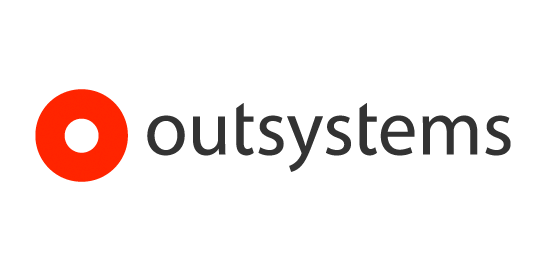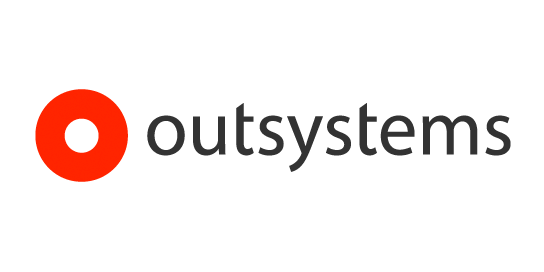
Overview
OutSystems is the industry leading, cloud native, high performance, low code development and deployment platform delivered as a managed service on AWS. Using OutSystems, IT teams can create, launch, and manage secure and resilient web and mobile applications that can be scaled and adapted quickly to meet ever-changing business requirements. The OutSystems visual development studio includes AI-powered mentors to help developers create better applications faster. OutSystems can integrate information from a variety of databases, legacy applications, systems of record, as well as the latest generative AI tools, including Amazon Bedrock. OutSystems ensures that solutions are secure, resilient, cloud-ready, and built to scale on the global AWS cloud. OutSystems gives organizations the power to rapidly develop and deliver mission-critical applications that differentiate their business, drive down costs, and reduce risk.
This edition runs on OutSystems Cloud with a choice of AWS hosting region. With this edition, you can build applications using up to 150 Application Objects and deliver these apps to 100 employees ("internal end users"). See the links below for detailed descriptions of Application Objects and End Users.
Product Documentation: https://success.outsystems.com/Documentation https://www.outsystems.com/legal/success/support-terms-and-service-level-agreements-sla-of-the-outsystems-software/
Bedrock component in Forge: https://www.outsystems.com/forge/component-overview/16676/aws-bedrock-connector
Additional Conditions of the Public Offer and OutSystems' Right to Reject Orders: This Public Offer is for new OutSystems' customers only and is limited to one (1) license unit purchase per customer. The license may not be combined with, or used in connection with a renewal of, any other OutSystems' order including, without limitation, orders placed with OutSystems' partners.
Customer represents and warrants that Customer is not (i) located or resident in a country or territory that is subject to comprehensive U.S. trade sanctions or other significant trade restrictions (including, without limitation, Cuba, Iran, North Korea, Syria, and the Crimea region, Donetsk People's Republic region, and Luhansk People's Republic region of Ukraine) (collectively, the "Sanctioned Countries"); or (ii) identified on any U.S. government restricted party lists (including without limitation the Specially Designated Nationals and Blocked Persons List, Foreign Sanctions Evaders List, and Sectoral Sanctions Identifications List, administered by the U.S. Department of the Treasury's Office of Foreign Assets Control, and the Denied Party List, Entity List and Unverified List, administered by the U.S. Department of Commerce's Bureau of Industry and Security (collectively, the "Restricted Party Lists").
OutSystems reserves the right to reject an Order that does not comply with these terms or that is inconsistent with OutSystems' technical or operational standards or procedures. In the event an Order is rejected by OutSystems, OutSystems shall promptly advise the Customer of the rejection after receipt by OutSystems or its agent of the Order and OutSystems will refund to Customer the fees paid, in accordance with Amazon's standard refund procedures.
Highlights
- Includes OutSystems' integrated development environment (IDE) with a visual model-driven interface and AI-assisted development.
- Gartner® Magic Quadrant™ for Enterprise Low-Code Application Platforms: https://www.outsystems.com/1/low-code-application-platforms-gartner-/
- Forrester Total Economic Impact of OutSystems: https://www.outsystems.com/1/low-code-roi-tei/
Details
Introducing multi-product solutions
You can now purchase comprehensive solutions tailored to use cases and industries.
Features and programs
Buyer guide

Financing for AWS Marketplace purchases
Pricing
Dimension | Description | Cost/12 months |
|---|---|---|
OutSystems Platform | 3 runtime environments, 150 Application Objects, 100 internal users | $36,300.00 |
Vendor refund policy
Subscriptions are non-refundable.
How can we make this page better?
Legal
Vendor terms and conditions
Content disclaimer
Delivery details
Software as a Service (SaaS)
SaaS delivers cloud-based software applications directly to customers over the internet. You can access these applications through a subscription model. You will pay recurring monthly usage fees through your AWS bill, while AWS handles deployment and infrastructure management, ensuring scalability, reliability, and seamless integration with other AWS services.
Resources
Support
AWS infrastructure support
AWS Support is a one-on-one, fast-response support channel that is staffed 24x7x365 with experienced and technical support engineers. The service helps customers of all sizes and technical abilities to successfully utilize the products and features provided by Amazon Web Services.


